Visit Extremadura in Spain and its cities: here are the things to do and see to visit Merida!
Capital of Extremadura – an autonomous community of Spain bordering Portugal – located in the centre of the region, Mérida is a city of 60,000 inhabitants, in the southwest of Spain. Founded in 25 BC by the emperor Octave Augustus for soldiers of Rome who had completed their service in the Legions of the Cantabrian Wars, Mérida was an important military, legal, economic and cultural centre until the fall of the Western Roman Empire (476).
A former opulent capital of the Roman province of Lusitania, it has preserved through the ages a unique archaeological heritage in Europe, including its theatre, amphitheatre, aqueducts, a Roman temple and the bridge over the Guadiana. This archaeological ensemble has been on the UNESCO World Heritage List since 1993. In addition to this concentration of ancient monuments in the state of incredible preservation, we will also enjoy the ruins of the Muslim era, the buildings of the Reconquista (16th century), from the very lively nightlife of the streets of the city centre, starting in Spanish time. Festive, animated, refined, sumptuous, are terms that describe the city of Merida well. Absolutely seduced by this city during a stay in Estremadure in June 2018, we can only advise you to visit Merida.
Between the historical monuments, the colours and the architecture of the alleys reminding that Andalusia is very close, its culinary treasures – notably the gaspacho of cherries, the salmorejo and the Iberian ham – and the atmosphere of the streets, one does not get bored by coming to visit Merida.
Are you wondering what to do in Merida? Here is our selection of things to do in this city, which is called the “Rome of Spain”.
Mérida city centre
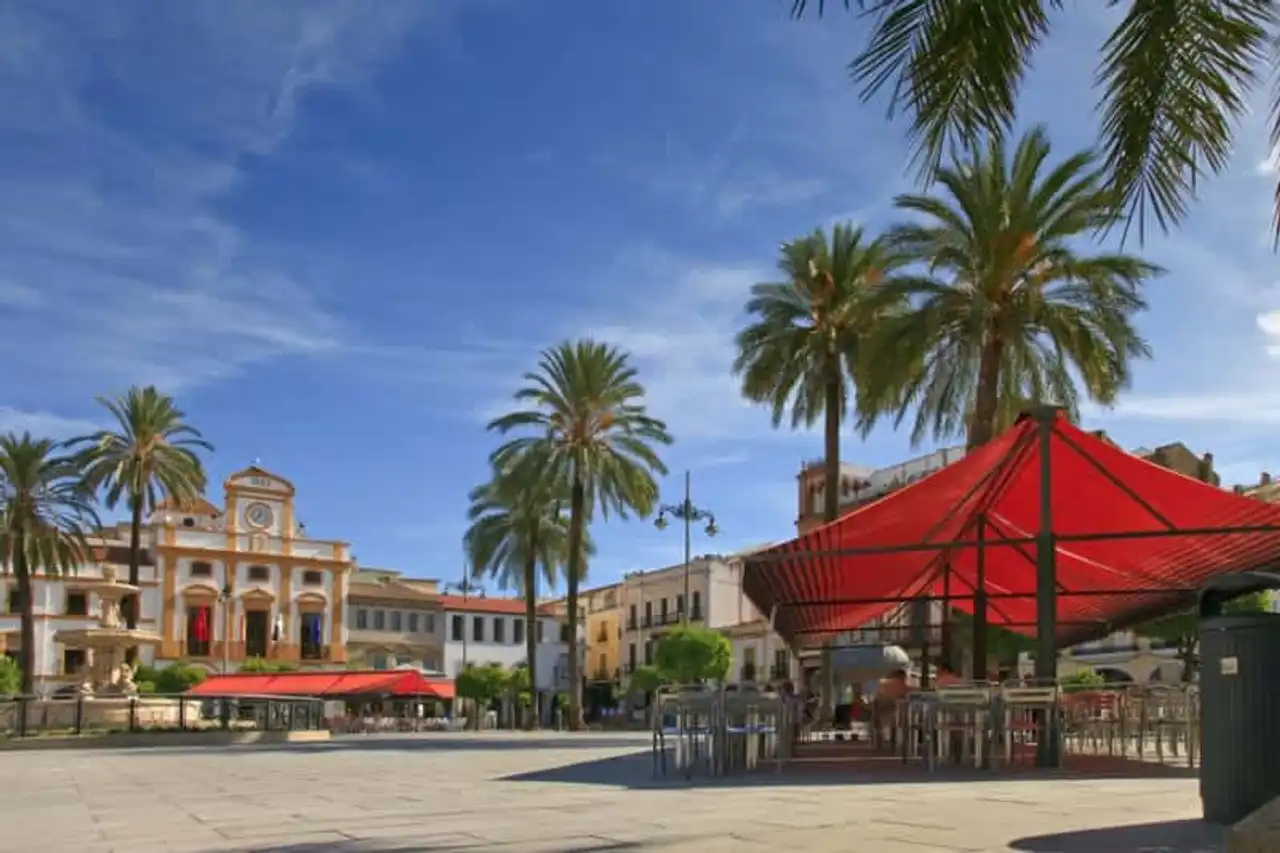
Photo credit: Flickr – Tomás Fano
The historic centre in Mérida is a unique place where modernity has taken place in the footsteps of the ancients: nowadays we beat the paved streets of the shops between the great fashion signs and the bar terraces, before falling to the Temple of Diane, the Arc de Trajan, or the Roman archaeological site of Mérida. We will appreciate the architecture of the buildings of the city center, towards the Place of Spain, the Plaza de España . Not far. calle Santa Eulalia is the shopping street in the city center, where a plethora of shops allow to immerse themselves in modern social life in Spanish. In the evening, many bars really make it possible to check how pleasant and festive Spain is: to tour tapas in bars and wander through the terraces full to crack, which attract all ages in joy and good mood, without any apparent tension.
The archaeological ensemble of Mérida
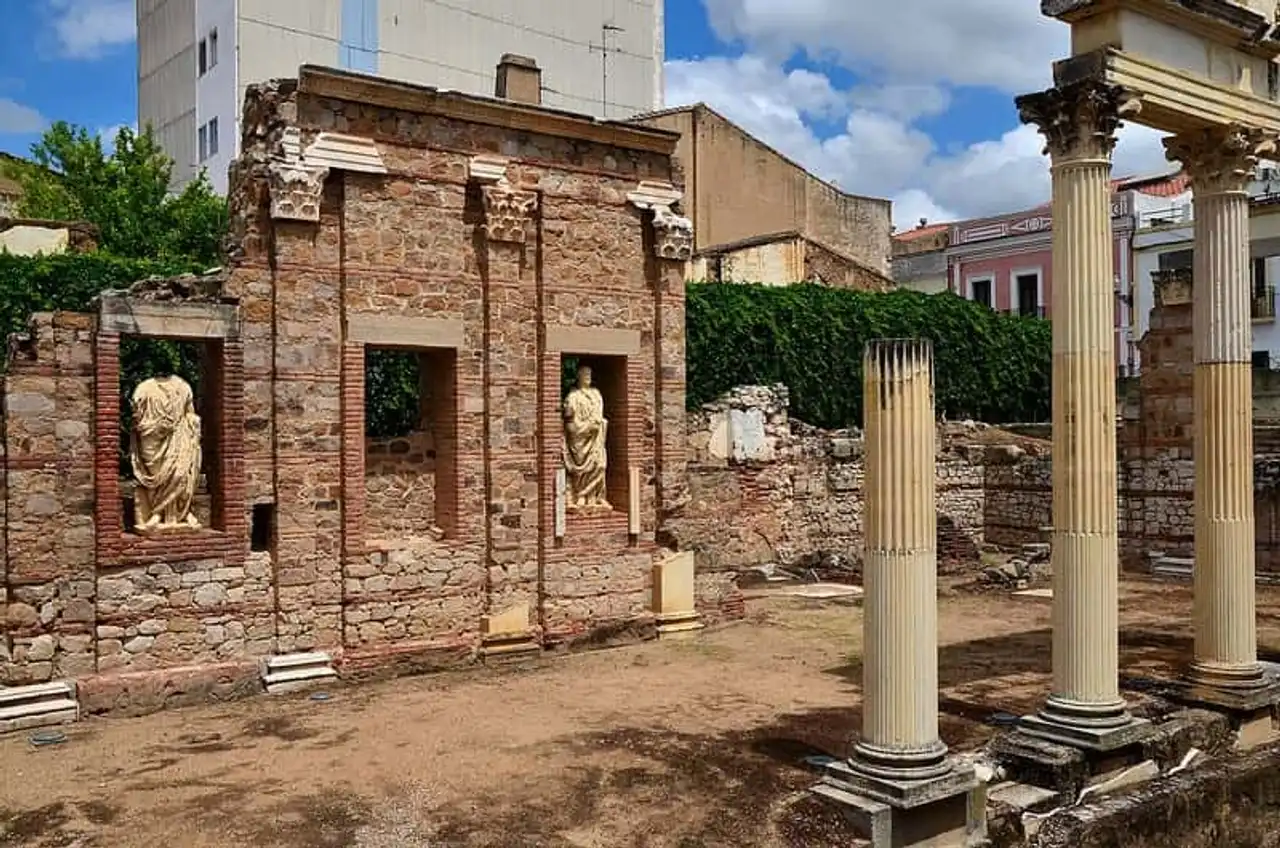
Photo credit: Flickr – Tony Fernandez
In the Roman era, Mérida was home to up to 40,000 people, which was colossal for a city of Antiquity. The large number of Roman buildings still standing allows to realize the power and wealth enjoyed by the nobles of the city during the Roman Antiquity. Visit Mérida without visiting the archaeological ensemble of the city is related to visiting Bolivia without making the Salar of Uyuni: a missed act! This is the most important Roman archaeological site of the entire Iberian Peninsula.
The Roman theatre – inaugurated between the 15th and 16th BC – was able to accommodate up to 6,000 people. Most importantly, only two of his columns were reconstituted (the rest being of the time), which makes it the best-preserved theatre of all the Roman world. The amphitheatre, he, could accommodate up to 16,000 people. With its wide dimensions – 126 meters wide and 65 meters of small axis - it is bigger than the Colosseum of Rome (no matter what)! Inaugurated in the year 8 BC, his 2024 years of history have not yet been right for him and he is also one of the best preserved in the Roman world. When you visit it, you can still see the order of the places of the time, divided according to the social classes, with the floors reserved for the patricians, the plebe, women and slaves (story lost today). Visiting this archaeological ensemble is a testimony of extraordinary times.
Other Roman vestiges
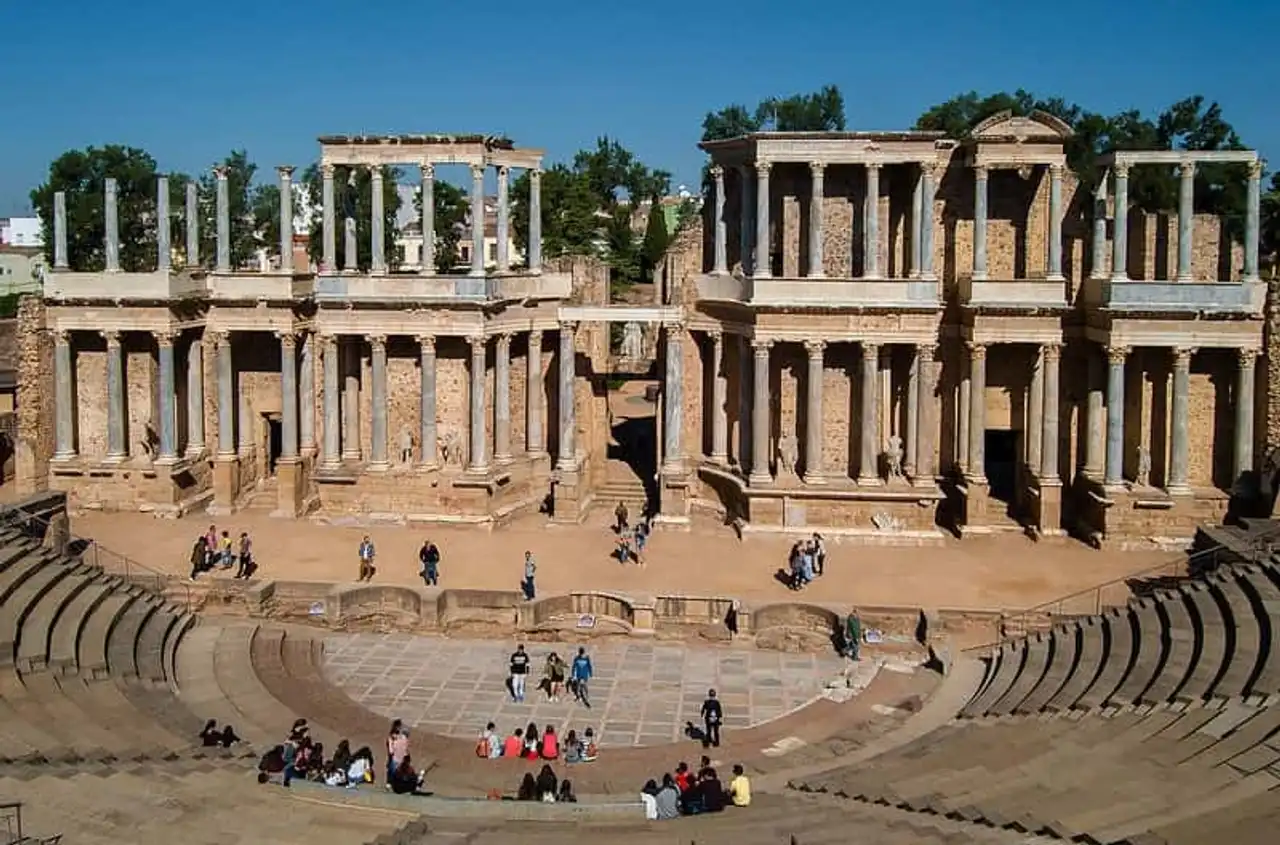
Photo credit: Flickr – Oscar F. Hevia
On both sides of the city, there is the Roman circus and its 400 meters long. Built under Tiberius in the 1st century, it had a capacity of 30,000 places. In Santa Catalina Street, we find the Temple of Diane. Although decayed from its roof, it is in very good condition of conservation. Built under Augustus, it was probably dedicated to imperial worship. The Arc de Trajan, on the eponymous street, was probably a monumental entrance of the Roman forum. One of the bridges that engulf the Guadiana River is the oldest of the Roman monuments under Mérida: built to defend the city, it is also the longest bridge that the Roman world has experienced (792 meters). Finally, the Aqueducts des Miracles were used to supply Mérida with water from the Réservoir de Proserpine (5 kilometers from the city). They recall the power of Roman engineering for water management.
Complete this visit to Roman times by the National Museum of Roman Art: a museum dedicated to archaeological excavations, but also a research centre on Roman culture. 36 000 rooms in 28 rooms are exhibited (mosaic, coins, statues, frescoes): an immanquable to visit Merida!
The Alcazaba de Mérida

Photo credit: Wikipedia – Octopus
Muslim fortification dating from the 9th century on the banks of the Guadiana, the Alcazaba – a UNESCO World Heritage Site – was built by Emir Abd al-Rahman II of Cordoba in 835 to defend the city. It was the first Muslim Alcazaba in Spain.
How to get to Merida?
To get to Merida, the options are quite limited. The city does not own its own airport (and being one of the least visited regions of Spain), so it is headed by Badajoz, the only one in the region located 30 minutes from Merida. Unfortunately, direct flights from France to the Extremadura region are not legion. You will have to go first to Madrid, Barcelona or Seville: you can find a cheap flight on our partner’s website Ulysses . Once in one of these cities, you can opt for a bus or train ride (take about 5 hours of travel), or take the plane back to finish your trip (about 2h30).
Where to stay in Merida?
Visiting Mérida is also enjoying the diversity of its accommodation in an architectural setting of character. In any case, a few master words suffice: to you to choose! Whether it’s a small house just a few blocks from the centre or a hotel in the heart of urban dynamism, you should know that Mérida is a popular destination for its culture and not for its mass tourism. The prices remain reasonable: you can find a cheap Mérida hotel by searching for this Compare hotels . Review: The capital of Extremadura promises you a peaceful stay, from the state of mind to the wallet.
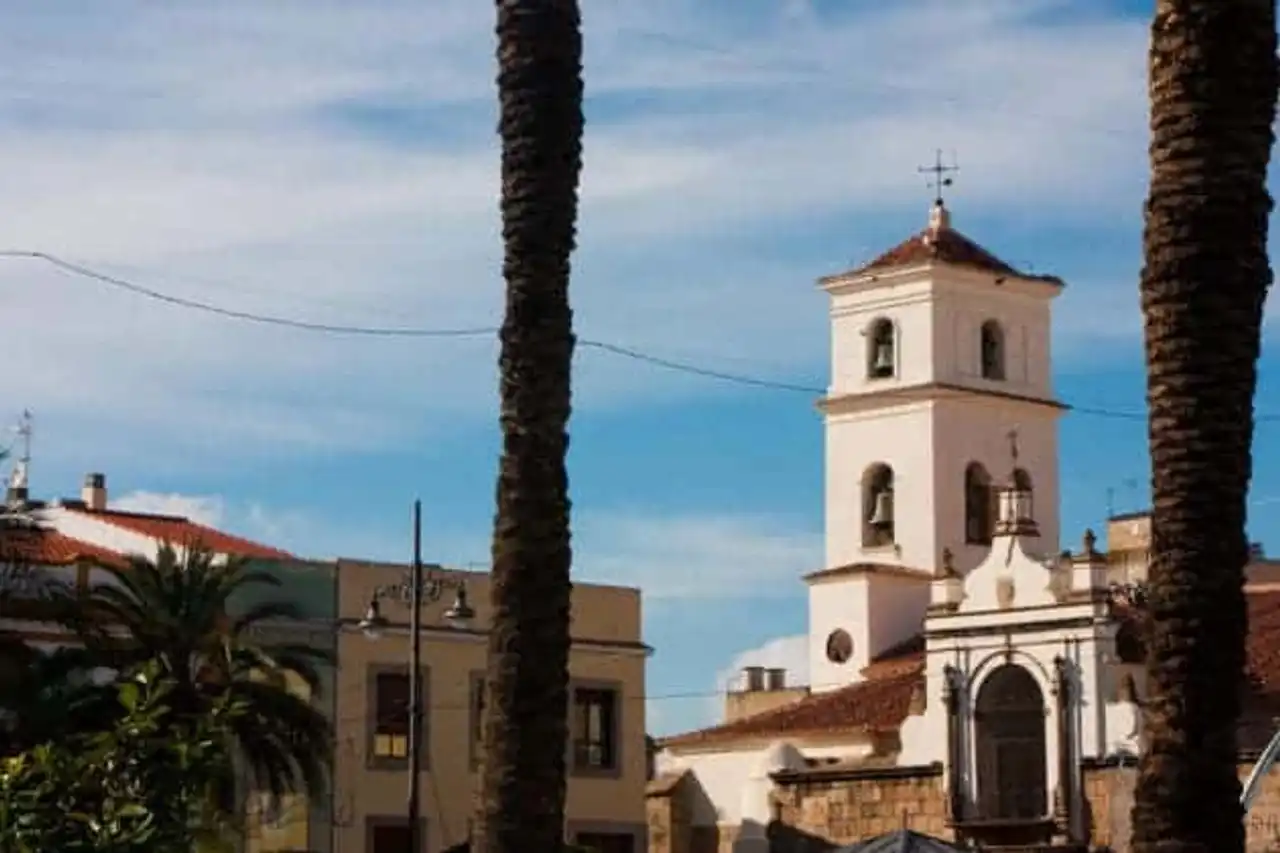




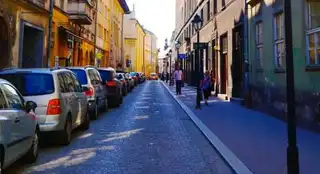


Loading comments ...